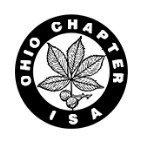Details
June 6, 2019
Tailgating with Trees
Springfield, OH
Tree ID, Common Defects & Fungi Affecting Midwest Trees
& Implications for Tree Risk Assessment
Snyder Park Gardens and Arboretum ▪ 1900 Park Road, Springfield, OH 45504
Brown Bag Lunch & Learn – Thursday, June 6, 2019
This educational program is for green industry professionals interested in meeting and networking with other industry professionals while learning. ISA and OCNT CEU credits pending approval.
Cost: $20 donation to the Ohio Chapter’s Scholarship Fund
Class size is limited to 30.
12:00 pm – 12:30 pm Eat your lunch and meet fellow green industry professionals
12:30 pm – 12:35 pm Introductions/Trees4Ohio.org
12:35 pm – 12:45 pm Basics of Tree ID, What Tree Defects are, What Wood Decay is and How it Works
12:45 pm – 2:30 pm Tree ID & Inspections/ Techniques with Angiosperms & Gymnosperms
2:30 pm Adjourn
This course will be a resource for anyone interested in tree identification, wood diseases, and particularly anyone conducting a risk assessment of trees with the decay. Arborists, foresters, landscape architects, master gardeners and green industry professionals conducting tree risk assessments need to know and understand:
- Tree Identification
- Tree Defects and Decay and
- Know What to Look for
Wood decay fungi affecting trees show considerable variability in form and their ability to cause decay. Part of that variability is driven by the species of tree and fungus, the age and vigor of the tree, the extent of the fungal attack and associated decay, and the ability of the tree to compartmentalize the invading pathogens. Understanding the CODIT process is integral to understanding where decay may be within the tree. Minimizing bark scaring from park or forest management activities reduces the creation of fungal infection courts that threaten long-term tree health.
Improve your tree identification and disease field assessment skills in this 2-hour class. This is a walking hands-on lecture that will cover visual assessment techniques for tree identification, disease, using a combination of signs and symptoms of common diseases in native Midwest trees.
About Your Instructors
Mark Webber is a Board-Certified Master Arborist and a Certified Professional Horticulturist with nearly forty years of relevant professional experience. He is a practicing arborist and horticulturist who provides investigations, reports, and testimony in matters related to tree condition, maintenance and removal; management of nursery, arboricultural, and landscaping operations; and an assortment of horticultural issues.
Rich Pearson is a degreed horticulturist and retired chief horticulturist at both Chadwick and Cox Arboretums in Columbus and Dayton, Ohio respectively. Rich is now the horticulture program assistant at Snyder Park Gardens and Arboretum.





